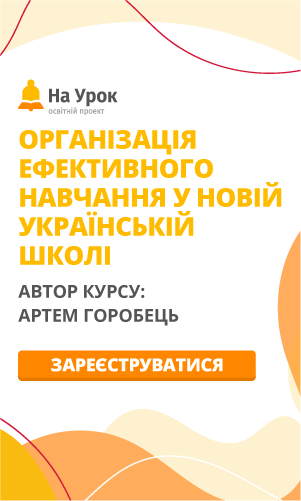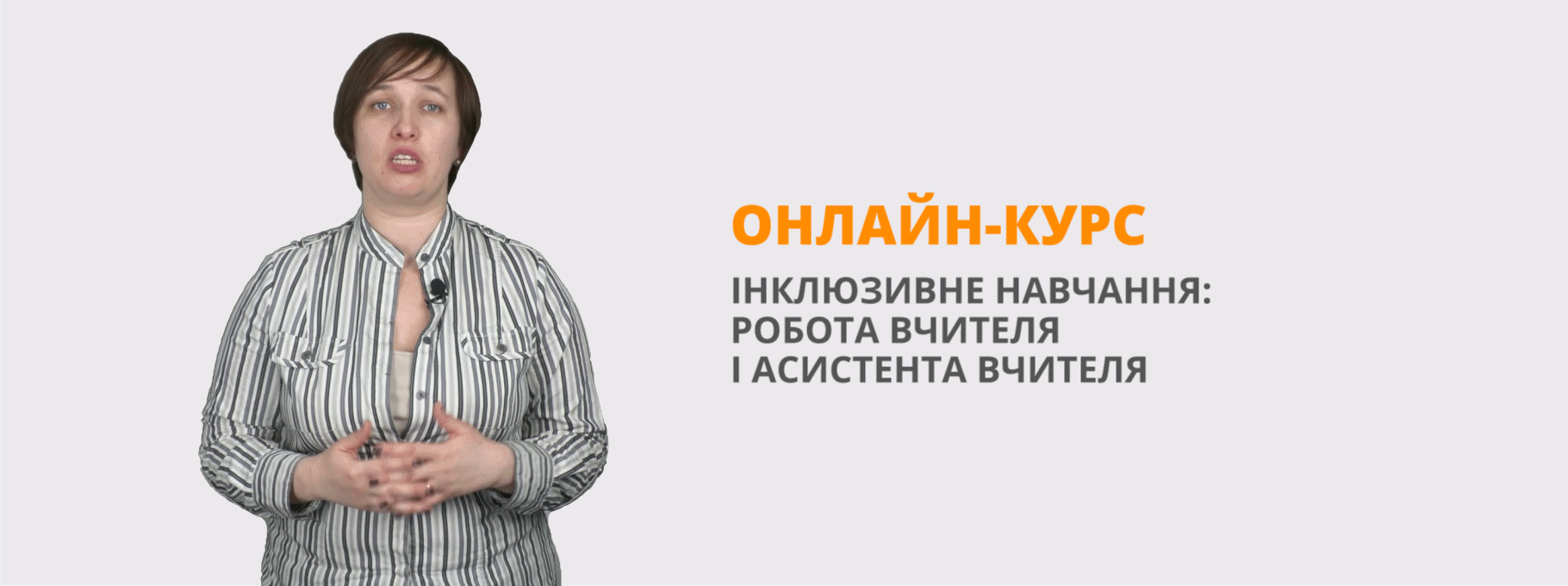"Early English literature. Folk songs and ballads."
Цей матеріал може знадобитися у викладанні спецкурсу "Література Англії." Учні дізнаються про виникнення та розвиток англійської літератури.
Early English literature
English literature began with oral songs and heroic poems which were passed on by minstrels or scops and they were sung to the accompaniment. In this way common people learned of the major battles and the tribe’s heroes. In the early days only the servants of the church could read and write and most of Old English Literature concerns religious subjects and borrows much from Latin sources. One of such learned churchmen was Venerable Bede, whose Ecclesiastical History of the English People is a rich source about the period. From Bede’s History we learn of the first English religious poet Caedmon, a simple country cowman who composed a story of the creation in his dream. Hymn by Caedmon is the earliest poem dated to the late 7th century and the Summoning of Everyman is the 15th century morality play. The Norman Conquest puts an end to the Old English or Anglo-Saxon language & signals the beginning of Middle English. Military and cultural invasions left their trace in English history, language, architecture and literature. The first settlers of GB were the Iberians. They built wooden buildings, stone circles. The Celts lived in GB about 600-500 BC. They introduced a tribal organization. The Celts were called Britons. They had no towns, they lived in villages. They knew how to use copper, tin, iron. They kept herds of cattle, sheep and they cultivated crops. They made wooden houses. They wore skins and painted their faces. They were armed with swords and spears. They owned common property and were all equal.
The Romans came in 55-54 BC, not as conquerors. It was only the century later in 43 AD that the Romans occupied England. They built roads, towns forts, mined gold. They had the skills of reading and writing. Germanic tribes came in the 5th century. Germanic tribes were the Angles, the Saxons and the Jutes. They didn’t like towns, thus they towns them and roads. They lived in small villages. They bred cows, sheep and pigs. They ploughed fields, grew wheat, rye, oats for bread and barley for beer. There was a little trading at that time. Britain split up into 7 kingdoms: Kent, Sussex, Wessex, Essex, Mercia, East Anglia, Northumbria. At the end of the 8th century the Danes began attacking Britain. The Danes were brave, cruel and merciless people. They killed and robbed the population. They influenced the development of the country greatly. They were good sailors and traders. They were skil(l)ful shipbuilders. Alfred, the king of the West Saxons joined the kingdoms into one and suppressed the Danes. In the heroic poem “The Battle of Maldom” the defeat in the county of Essex is described. The life of that period was full of struggle and intertribal wars. After the Battle of Hastings in 1066 England was taken by the Normans. They were slowly christianized, spoke Norman French. They were great castle and church builders.
Beowulf
The most important Anglo-Saxon poetic work is Beowulf. It’s an epic poem compiled in the 10th century by the unknown script. It shows the beginning of feudalism, warriors in battles and at peace, their deeds and amusements, their love for the sea and adventure. Beowulf is a poem telling the story of a Danish hero who saves the neighbouring people from a terrible monster. Beowulf is a young knight, a warrior, strong, brave, fair and noble, to the end. He was a folk king. He was respected by all people. He fought for the benefit of his people, not for his own glory. Beowulf is the foundation stone of all British poetry and it represents Anglo-Saxon literature.
Folk songs and ballads
During the Anglo-Saxon period feudal culture was highly developed. Tales in verse & lyrical poems praised the bravery of noble knights, their heroic deeds, chivalrous attitude to ladies. Many stories came from old French sources. Romances were based on Celtic legends about King Arthur and the Knights of the Round Table. The heroes of these romances were human beings who loved, hated and suffered. They worshipped their fair ladies. King Arthur, a historical character and the national hero of the Celts, was described as an ideal feudal king endowed with all the virtues of a hero.
Folk songs and ballads flourished in England and Scotland in the 15th century. They were very popular. They were heard everywhere & they were sung by minstrels. They are short poems usually set to a melody. They were harvest songs, wedding songs and lyrical-epic poems accompanied by musical instruments. The ballads were divided into 3 groups: historical based on historical facts, heroic about people who were persecuted by the law; and romantic.
Robin Hood ballads number 40 ballads. They were written at various times (the 14 -15th centuries). They tell us about the favourite hero, partly historical, partly legendary. Robin Hood was an outlaw. He lived in Sherwood Forest. He was clever, kind to poor, brave in fighting, loyal in friendship. He was the soul of common people. Robin Hood Day is in May in Scotland.
I. Fill in the gaps:
A. 1)………………… is an epic poem compiled in the 10th century by the 2) ………………… It shows the beginning of 3)…………………, warriors in 4)………………… and at 5)…………………, their 6)………………… and amusements, their 7)………………… for the sea and adventure. Beowulf is a poem telling the story of a Danish hero who saves the neighbouring people from a terrible 8)…………………. 9)………………… is the foundation stone of all 10)………………… poetry.
II. Answer the questions:
1. How did English literature begin?
2. What’s the foundation stone of all British poetry?
3. What subjects did Old English literature concern?
4. Who was Bede? What was he famous for?
5. What’s the earliest poem dated to the late 7th century?
6. What did tales in verse & lyrical poems praise? What represents Anglo-Saxon literature?
7. What put an end to Old English literature?
8. What’s Beowulf?
9. When was Beowulf compiled & by whom?
10. What’s shown in Beowulf?
11. When did folk songs & ballads flourish?
12. What groups were ballads divided into?
13. What were romances based on? Characterize romances.
14. How many ballads about Robin Hood exist? When were they written?
15. What kind of a hero was Robin Hood? Characterize him.


про публікацію авторської розробки
Додати розробку
